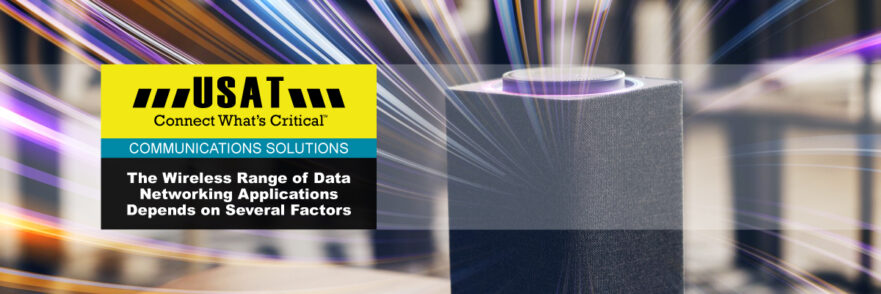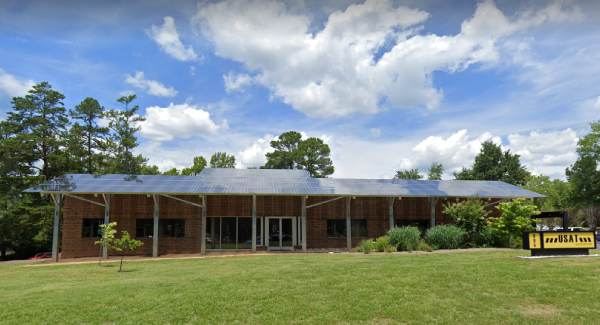Wireless Range Depends On Several Factors
When designing cellular or Wi-Fi networks, a question often gets asked is the effective range of a device from the wireless network transmitter. However, as with many aspects of wireless networking, the answer is not straightforward and depends on various factors.
In this blog post, we will explore the key parameters that determine the range in a wireless communication system, using Wi-Fi as an example for clarity, and provide the equation for determining the range. We'll also delve into the connection between the client device and the infrastructure, highlighting the importance of designing both ends of the communication path.
Range Determination Parameters
In any wireless communication system, the range between a transmitter and receiver is determined by several parameters:
- Transmit Output Power of transmitter and receiver
- Receiver Sensitivity of transmitter and receiver
- Antenna Gain of transmitter and receiver
- Antenna Cable Length/Type and Antenna Connectors at the transmitter and receiver
- Frequency in use
This means that the client side of the equation has just as much impact as the infrastructure side and needs to be considered when designing the wireless network. Each side of the connection possesses its own range, which must intersect properly for communication to succeed.
In the following image, the client device is within the range of the access point, but the access point is not within the range of the client:

In this case, the client can "see" the access point, but the access point cannot "see" the client, meaning that data transmitted to the client from the access point is received, but data sent back to the access point from the client is lost in transit. Since different client devices have different antennas, transmit output power, and receive sensitivity, the answer of what the range may be will differ for each client device.
This illustrates the need for designing both ends of the communications path to achieve data transmission objectives.
Equation For Determining Wireless Range
To determine range, an equation is used that considers both the transmission and receive sides of the communication path.
The equation used is as follows:
The following is an explanation of the components of the equation:
- PTX = Transmitter Output Power
- GTX = Transmitter Antenna Gain
- LTX = Transmitter Losses in antenna cables and connectors
- LFS = Free Space Path Loss, which is the degradation of signal over distance
- LM = Miscellaneous Losses (Fade Margin, Body Loss, etc.)
- GRX = Receiver Antenna Gain
- LRX = Receiver Losses in antenna cables and connectors
- d = Calculated distance from the transmitter
This equation illustrates how changes in any of the components can impact the available range of the wireless system.
In an existing system, some things can be done to improve the range of the communications system, such as using a more focused antenna at either end of the system. Additionally, using less antenna cable length or upgrading to a better quality cable can improve the connection by reducing the signal loss over cable length. Removing obstructions can also yield significant performance improvements.
While the equation is a good baseline for determining range, other factors must be considered. For example, since the physical environment - specifically any structural or natural obstructions, interference, RF reflection, and refraction - also impacts communication, the equation is used mainly to guide design efforts. In order to gain a thorough understanding of how to design the RF aspect of wireless communication, an onsite RF survey is required.
USAT offers onsite RF Survey services to provide designs for any cellular or Wi-Fi network infrastructure.

About the Author
About USAT
USAT specializes in designing and deploying fixed and mobile wireless data connectivity solutions across various industries — complete with implementation, training, proof of concept (POC), system auditing, and onsite RF surveying services with optional engineering maintenance contracts.
Our team not only helps you select, provision, and activate devices, we make sure they work in practical applications and real-life situations.
For over 25 years, USAT has provided cellular networking solutions for organizations across the USA. With our extensive catalog of world-class routers, gateways, and software designed for remote monitoring and management in even the harshest environments — you can count on us to get and keep you connected.
Reliable connectivity translates to less manual equipment maintenance, reduced downtime, and an overall increase in your business's ROI. Contact the experts at USAT to learn how our wireless networking solutions can help meet your organization's exacting needs.
Share this Post















